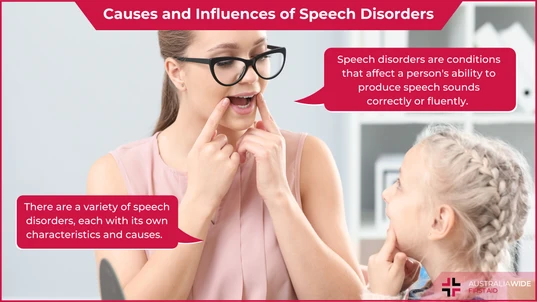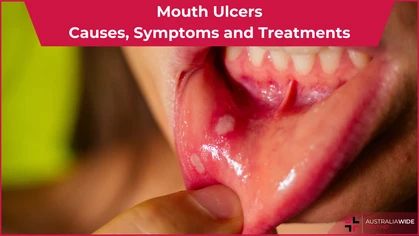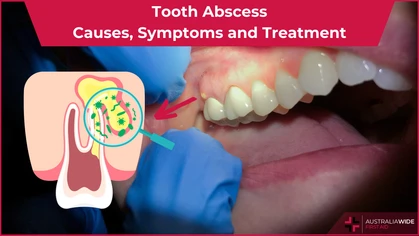Causes and Influences of Speech Disorders

General Health-Related
 Communication is the cornerstone of humanity. Speech and language development occur throughout childhood, and for most this is a relatively smooth process. However for some people this process doesn’t progress as smoothly.
Communication disorders are an impairment in the ability to receive, process, send, and/or comprehend the concepts or symbols needed for communication. They can impact hearing, language, and speech, which in turn impacts the development of speech and language skills.
These disorders can impact the way people articulate sounds, form words, and express themselves orally.
Within the broader scope of communication disorders, a person could have single or multiple speech or language disorders.
Speech disorders are conditions that affect a person's ability to produce speech sounds correctly or fluently. Language disorders, on the other hand, involve issues with understanding the meaning behind what is being said, and/or communicating your own thoughts.
In this article we will be looking at what can cause and/or influence speech disorders. Speech disorders can range from mild to severe and can affect people of all ages, from young children to adults.
Communication is the cornerstone of humanity. Speech and language development occur throughout childhood, and for most this is a relatively smooth process. However for some people this process doesn’t progress as smoothly.
Communication disorders are an impairment in the ability to receive, process, send, and/or comprehend the concepts or symbols needed for communication. They can impact hearing, language, and speech, which in turn impacts the development of speech and language skills.
These disorders can impact the way people articulate sounds, form words, and express themselves orally.
Within the broader scope of communication disorders, a person could have single or multiple speech or language disorders.
Speech disorders are conditions that affect a person's ability to produce speech sounds correctly or fluently. Language disorders, on the other hand, involve issues with understanding the meaning behind what is being said, and/or communicating your own thoughts.
In this article we will be looking at what can cause and/or influence speech disorders. Speech disorders can range from mild to severe and can affect people of all ages, from young children to adults.
Types of Speech Disorders
There are a variety of speech disorders, each with its own characteristics and causes. Some common types of speech disorders include:- Articulation disorders
- Phonological disorders
- Fluency disorders
- Voice disorders
- Apraxia of speech
- Dysarthria
- Selective mutism
Biological Factors Contributing to Speech Disorders
Speech disorders can be caused or exacerbated by a range of different biological factors. Research has suggested that it is possible to inherit a predisposition or susceptibility to speech disorders. This means that if there is a family history of speech disorders, future generations are more likely to also develop them. Damage caused by injuries or trauma to areas of the brain responsible for speech are a common cause of acquired speech disorders in adults. Stroke, tumours, and head injuries are commonly associated. Often a change in speech can be an indicator that a stroke has occurred. Neurological abnormalities such as incorrect development of the brain can also contribute. Such abnormalities could coincide with other disorders, or may not be evident until a child reaches the age of certain speech and language milestones.Developmental Causes of Speech Disorders
As speech and language develop during childhood, many factors can contribute to disorders developing or worsening. Childhood Apraxia of Speech is a condition where the brain cannot effectively tell the mouth muscles how to move to form the necessary sounds for communication. Often the child will have no issues with thinking about what they want to communicate, but the breakdown between brain and muscles makes it impossible to move their tongue and mouth in the right way. Many people with Autism Spectrum Disorders will experience difficulties in both speech and language. This can often be due to oral motor difficulties, or sometimes problems with auditory processing. Hearing impairments, hearing loss, and deafness all play a significant role in the development of speech in children and the continuation of speech skills in adults.Environmental Influences on Speech Development
Socioeconomic factors may impact the ability of families to seek out early intervention for speech problems, which can impact their development over time. Bilingualism and multilingualism can impact speech flow, as different dialects require different mouth muscle movement. This can result in difficult-to-understand speech.Speech Disorders Resulting from Medical Conditions
Sometimes a child is born with, or develops, a medical condition which impacts their ability to form the correct speech sounds. Children born with a cleft lip and/or palate often develop speech disorders due to the difficulties associated with these medical conditions. Various neurological disorders can have speech disorders as part of their progressions. Examples include Parkin’s disease, multiple sclerosis, ALS, cerebral palsy, and myasthenia gravis. Down syndrome also impacts speech motor functions due to the differences in structure of the lips, tongue, and velopharynx.Behavioural and Psychological Factors
Selective mutism is an anxiety-based disorder where a person is unable to speak in certain situations, but able to in others. Despite the name, the person does not choose to not speak, they are unable to. Stuttering interrupts the normal flow of speech, and is characterised by repetition of words, syllables, or sounds; prolongation of sounds; and interruptions in speech. A person who stutters knows exactly what they want to say, but physically have trouble producing a normal flow. Psychosocial stressors can also impact the normal flow of speech. Symptoms of anxiety and depression are common influencers, as is mouth tension.Detecting and Treating Speech Disorders
Speech disorders can significantly impact a person's ability to communicate and interact with others. Because of this, early detection and intervention are crucial for effective treatment and management. Speech-language pathologists (speech therapists) play a vital role in diagnosing and treating speech disorders through personalized speech therapy techniques and interventions.
Originally published at
https://www.australiawidefirstaid.com.au/resources/causes-and-influencers-of-speech-disorders
as part of the Australia Wide First Aid Articles Library









